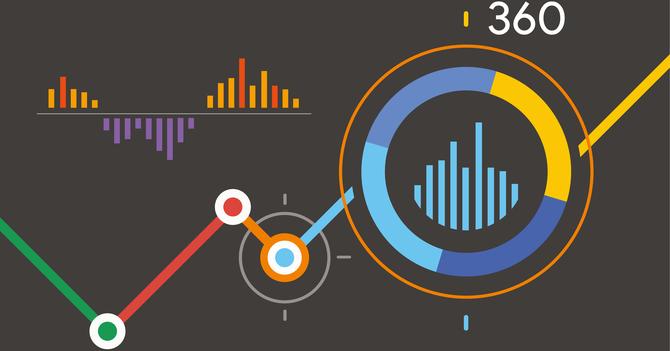The Measurement of Outdoor Visibility and Exposure (MOVE) board is funding a neuroscience project study (NPS) with the goal of creating a new metric to measure digital out-of-home (DOOH) advertising.
MOVE has partnered with research firm, Neuro-Insight, to conduct the NPS, assessing audience engagement with digital and traditional OOH across formats, environments and travel modes. It is part of a plan, launched in 2018 by MOVE, to more accurately measure audiences for DOOH signs through investigating international models and conducting the neuroscience pilot study.
“As our industry embraces and invests in DOOH opportunities we are dedicated to developing a new metric to assist in measuring the results and benefits of these innovations for advertisers,” said Outdoor Media Association (OMA) and MOVE CEO, Charmaine Moldrich.
The wider industry, including agencies and out-of-home providers, are also looking to provide advertisers with greater transparency and campaign insight by embracing third-party, cloud-based technology and reporting. Last year, JCDecaux, oOh!media, Omnicom and Posterscope Australia partnered with Seedooh, an independent technology platform providing standardised reporting for the out-of-home advertising industry. And to ensure robust reporting, Seedooh has aligned with PwC to bring third-party verification of OOH data in its platform to create clear, validated and standardised reporting for advertisers, media agencies and OOH media owners.
MOVE enhances the standard measurement of target audiences, opportunity to see (OTS), by reporting the active audiences through a likelihood to see (LTS) score.
It accounts for a number of visibility factors including the individual’s mode of transportation, speed and viewing location, as well as face metrics such as visual size to the audience and illumination. MOVE introduced the LTS viewability measure in 2010, which assesses the actual audience rather than potential audience,
LTS is neither a qualitative measure of the sign nor the audience dwell, and is endorsed by the Media Federation of Australia (MFA) and the Australian Association of National Advertisers (AANA).
MOVE said the metrics will ensure OOH campaigns can be bought with the assurance that the advertising is hitting the mark. The neuroscience project is one of several initiatives the OOH industry will roll out over the coming year.
“Over the last few years, the industry has spent hundreds of millions of dollars building a modern, dynamic channel, with scale to reach Australians en masse," Moldrich said. "Out-of-home audiences have increased, growing 2.2 per cent in 2018 and now reaching 12.7 million Australians each day. We are well positioned to expand this story to include the increased impact and engagement of DOOH."
Follow CMO on Twitter: @CMOAustralia, take part in the CMO conversation on LinkedIn: CMO ANZ, join us on Facebook: https://www.facebook.com/CMOAustralia, or check us out on Google+:google.com/+CmoAu












